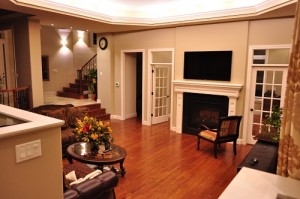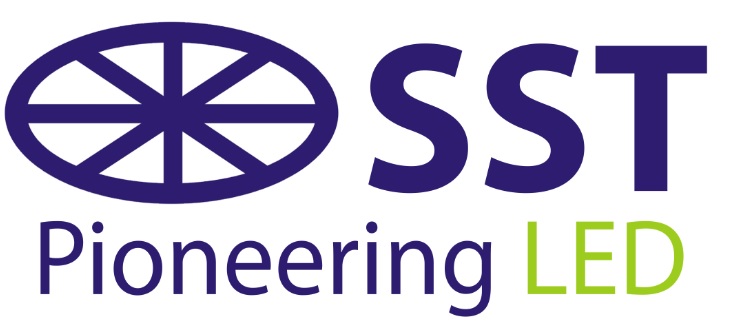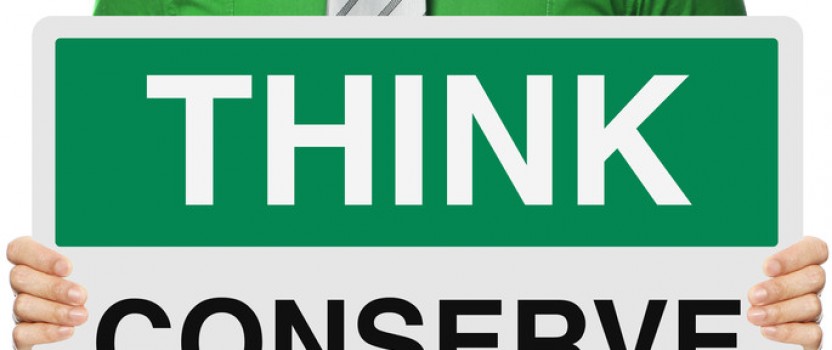Greenbuild
A lot has been said about Greenbuiding, the benefits to the environment, the energy savings, the increased morale and health of working or living in an environment designed with people in mind.
You can find a ton of information on building envelopes, different kinds of heating and cooling. Managing daylight and various kinds of fixtures that help to build an environmentally friendly building and many others.
But, there is a sore lack of information regarding LED lighting, from a Greenbuild point of view.
Sure we all know that utilizing LED lights can save energy. However, most LED lights and fixtures are being used INCORRECTLY, yes you heard me LED light fixtures are being thought of in the wrong manner.
What do I mean by this? Quite a bit of what you are seeing in the market are LED lights that are trying to replicate traditional incandescent or Fluorescent tubes and this is a problem.
Why is this wrong?
It has to do with the way that LED’s are made. LED’s are made to light up to 180 degrees, while incandescent bulbs are omnidirectional, sending light in all directions. Sending light to where you DON’T need it is inefficient. Inefficiency is counter to Greenbuild techniques; it is actually counter to what you are trying to do as a LEED AIA or a Greenbuilder.
In addition to wasted light and energy you have a waste of materials. To make an LED light act like an incandescent bulb or fluorescent tube you have to use substantially more material to allow for more LED’s shining in directions not needed to replicate an old and inefficient way of looking at lighting. To cause a fixture to look like what you have used in the past just wastes material. Using less material for the same job is an environmentally friendly or Greenbuild way to look at lighting.
Now don’t get me wrong, it is not your fault that you are looking at things this way, it all has to do with physics, you know inertia – the tendency for an object in motion to remain in motion going the same direction. The inertia of the lighting industry is they have been doing things the same way for so long that they can’t help but to continue down the same path that was fine for bulbs and tubes but not for LED’s.
To really do the right thing we have to change the way we think about lighting. We need a new paradigm. I know you understand this as a pioneer of Greenbuiding, it has been very HARD to change the traditional view of constructing a building. We have attended years of Greenbuild and know your struggles. In fact, we just got back from the Greenbuild International Conference 2015 in Washington, D.C. and we know how your leadership is changing the way things are being built. It is your pioneering spirit that has brought us this far!
So that brings me to Sunlite Science & Technology. Sunlite is a 19-year-old US-based LED lighting manufacturer that came out of the semiconductor industry. Yes, you heard that right. We supplied LED fixture manufacturers with LED’s by growing silicon wafers and making LED’s ourselves. We are very proud that we understand LED from the ground up. What we found was they were not, and are still not utilizing LED’s in the most efficient manner and using the least materials which can help save the planet.
 At Sunlite, we have designed our fixtures so that 44% more light is produced allowing us to get more light with less power. We only send light where we need it, not where we don’t. Because of our patented process, we have minimized the amount of materials used to better manage resources and lesson waste, (A LEED Principle) e.g. one of our fixtures is about 2 inches across and about two inches tall weighing in at around 2oz.
At Sunlite, we have designed our fixtures so that 44% more light is produced allowing us to get more light with less power. We only send light where we need it, not where we don’t. Because of our patented process, we have minimized the amount of materials used to better manage resources and lesson waste, (A LEED Principle) e.g. one of our fixtures is about 2 inches across and about two inches tall weighing in at around 2oz.
Our patent allows us to remove heat more efficiently allowing for a longer life. Our competition often traps heat minimizing lifetime. (remember, the stated lifetime is the chip, not the fixture) We at Sunlite Science & Technology do not have fixtures with the driver attached. This allows for every part of most of our fixtures to be replaceable, the LED’s, the power harness and the driver.
That just does not happen in our industry.
So we know that when you are looking to spec a fixture, there are a lot of choices out there, but ask yourself this, is this light fixture trying to replace a traditional type of light? If they are, more than likely you can find something way more efficient. It will require looking at lighting from a 21st Century point of view rather than a 19th or 20th century, but by opening your mind to new possibilities and coming at things with a new paradigm (just like you have with building green) Lighting can be a huge part of the movement to change the world.

